What do a watch, blanket, mobile phone and a dumbbell have in common?
Exploring wellbeing and relationships through stories of the objects young refugees hold dear
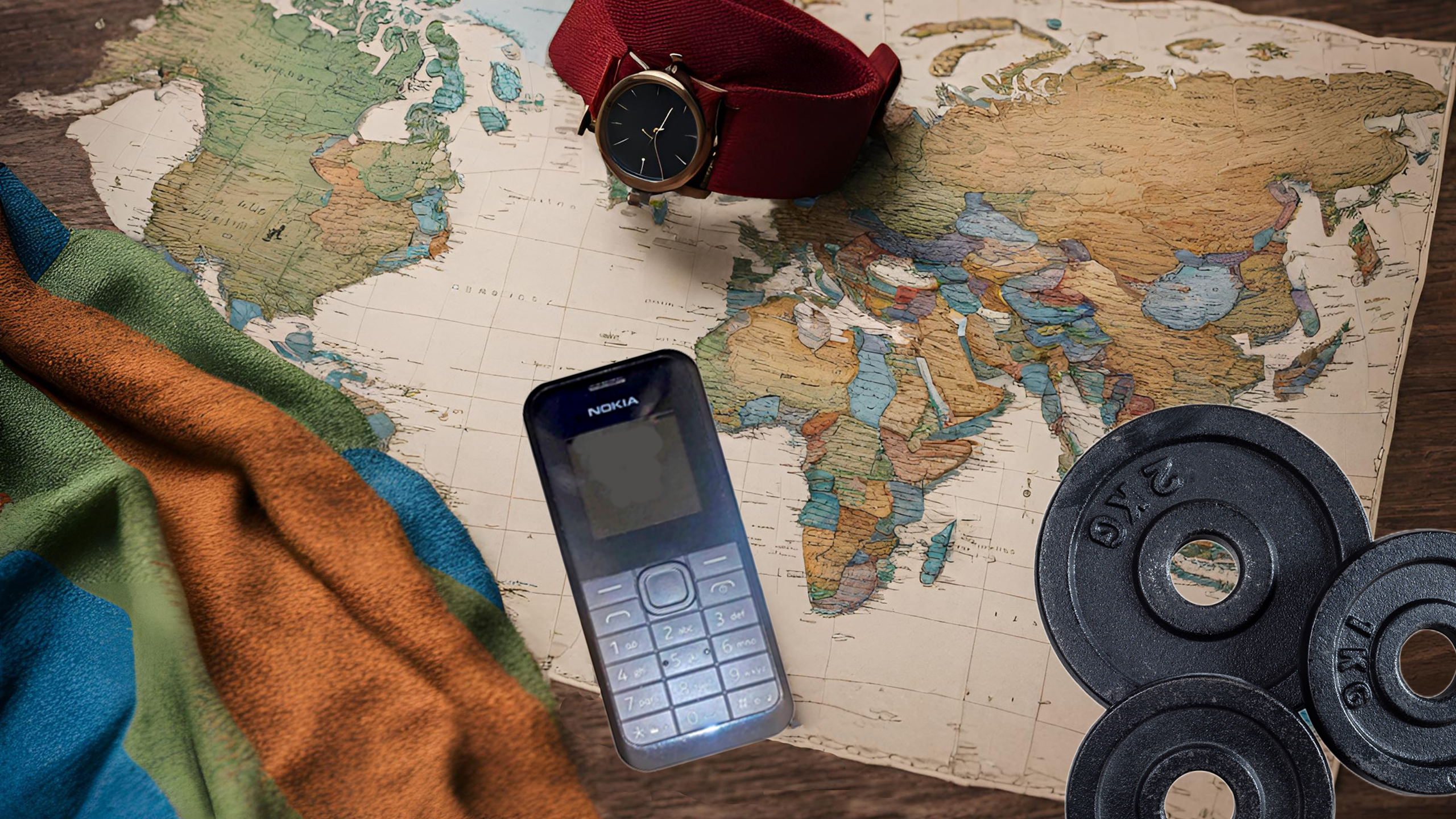
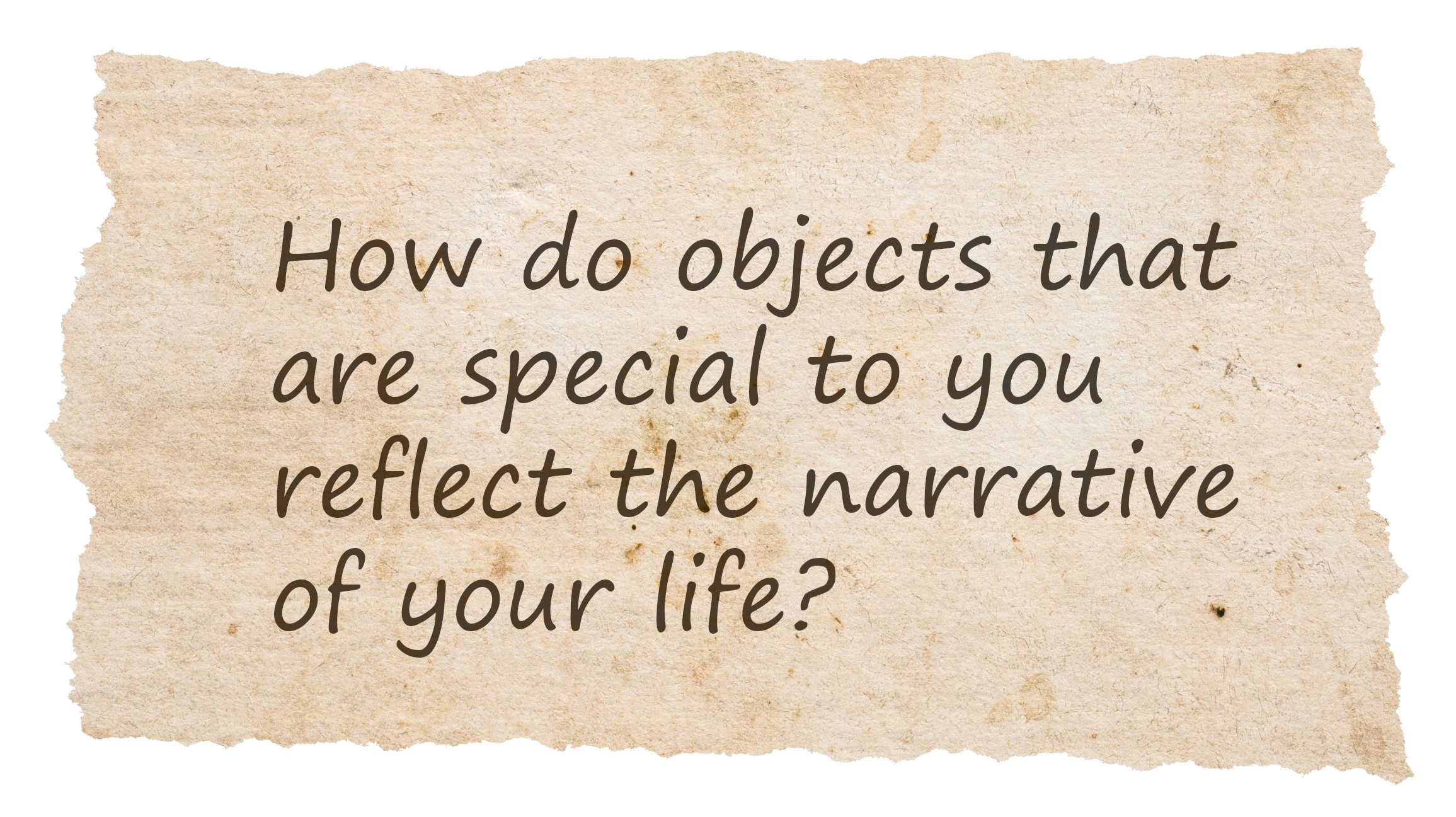
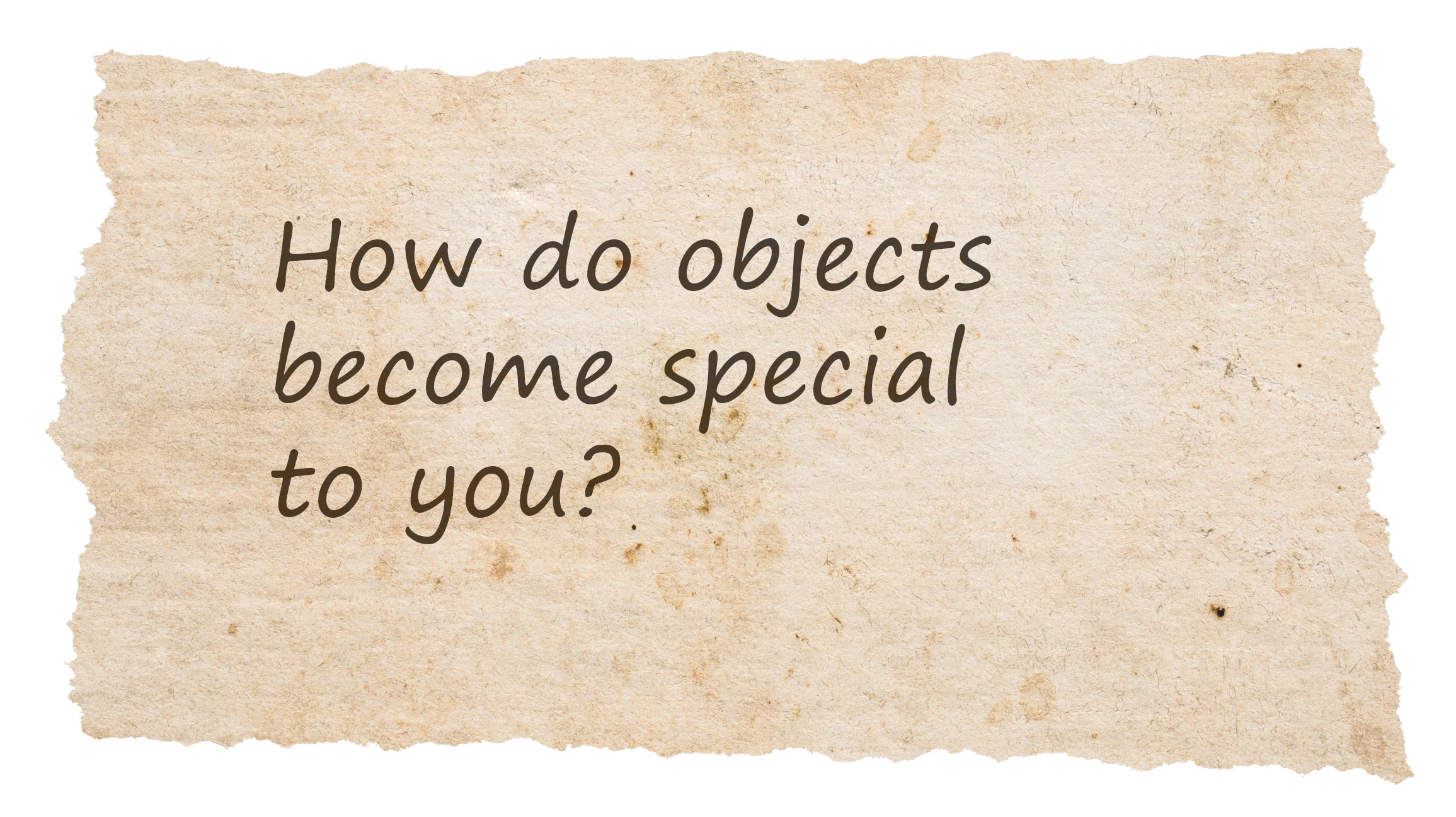
These may be practical objects that you use every day, objects that represent your past, or objects which make you think about the future. They may be things that represent happy or challenging times in your life or be connected to events and experiences with people who are important to you. Either way, objects have the potential to tell stories, and we often know that these carry meaning that is deeper and more symbolic to us than what is visible on the surface to others.
Many objects in people’s lives also remind them of old and new social ties. Jewellery, flowers, photographs, letters, poems, and songs, just to name a few. What the object represents depends on the context, and it’s only the owner who can really tell us more about what it means to them and any associated experiences or relationships the object might be connected to. In research, the value of using objects enables people to see beyond the surface of “just a thing”, and explore the interactions at work, a source of self-expression, a life-giving relationship, or a treasured memory.
In the Drawing Together project, a three-year research project exploring how young refugees living in Scotland, Finland and Norway rebuild their everyday lives in new countries, objects were used by young people during art workshops with artists and researchers, which were part of the project’s work.
The young people taking part were invited to three art workshops, one related to their past, one to the present and one to the future. There, they created art based around one special object that they had been invited to choose and bring along which symbolised a relationship from each of these three time periods that they felt was important to their wellbeing. While inspiring their artwork, these objects also became a conversational tool for discussing how an object represented or played a part in their relationships and wellbeing, explaining who is important to them and which relationships have sustained them. When young refugees arrive in a new country, sometimes all alone, they may need support, care and protection as they face a completely new set of challenges that others can take for granted. They are helped and supported by professionals, such as teachers, social workers and foster carers, as well as volunteers and community members, some of whom play an important role in the young people’s social networks and relationships as they settle into life in a new country.

Telling our own stories through objects
Many of the objects shared were gifted to the young people by people who are important to them. Some objects had belonged to family members, friends or peers, people who had had a professional or formal role in their life such as a teacher or a social worker, or were related to the community or community spaces in which they lived their lives. The themes and objects that are discussed in a paper by the Drawing Together researchers provide a window into what matters as young refugees seek to rebuild new lives while holding on to what they value and need from the past.
Objects as a comforter and source of strength
One of the reoccurring themes that came up during the workshops was how some of the chosen objects represented people who are important in their lives who were a source of comfort and strength, or an important connection during separation. These people were both new and old social ties who consoled, calmed, motivated, and strengthened the young person amid challenges, pain, and sometimes confusion. Many said that they felt relieved and ready to face their challenges after receiving such comfort.
A spool of orange thread symbolised the role a new social tie has in “knitting” the young refugee’s psychological wounds in challenging times. This accorded with another object shared, a picture of a grandmother’s hand-woven shawl (not shown):
“...it’s like when you’re feeling sad, you call your grandmother and she’s going to tell you a life story from her experiences from the past . . . you will feel very relieved when you talk to your grandmother. Whenever I feel sad, whenever I miss home, I just call her. So, she will motivate me not to feel sad. Her love is big. It is actually not limited, it is infinite... So that’s the one thing.”
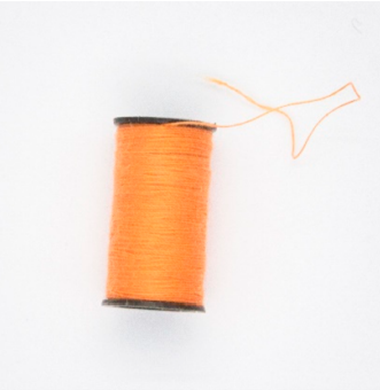
"The orange thread represents the person I know. She likes knitting,...she loves orange. She helps me to get my feelings together. [...] Like I said, I go to her whenever I have a problem, when I have a big break down, and then she kind of holds me back. Even on the phone, it feels like she is really there. Because... she feels empathy for you. But at the same time, she makes you stronger and to stay strong.”
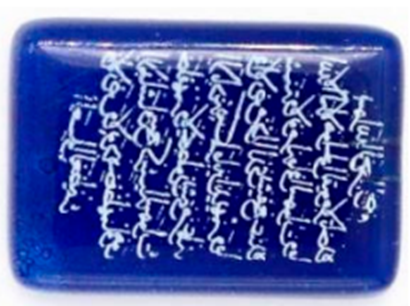
"This is a stone that I got from my mother when I had to travel. On the stone it is written . . . Or it’s a little part of the Koran that says: “God protects you.” It is a sun or glass or something. It’s like the two hands mean that my mother gave it to me so that I have it the whole journey.”
Throughout human existence, faith and protection have been associated with journeys and for some of the young people, their objects also represented served as reminders of God’s protection on their journeys. One participant brought in a small ceramic Koran (a stone) that was a gift from their mother, an object that was a symbol of divine protection on the way from their country till they reached their destination.
These examples reflected how while they were physically absent from the young refugees’ lives, they remained with them in other ways. Missing and longing during separation motivated the young refugees and their families to create a feeling of “co-presence” which reignited a sense of closeness regardless of separation and distance. Such co-presence seemed to give the young people the will to continue their journeys, with the ability to keep their faith and belief central to their wellbeing.
Much more than a telephone
While for some of the young people some objects had similar meanings, in other instances, the same objects represented different things to the young people A mobile phone, something that most of us use and rely on, on a daily basis, was once such debated item. Some young people said that communicating with people important to them - both new and old social ties – through a mobile phone was important in times of need and to maintain and feel connected.
Here, the young refugees’ connections to new and old relationships – to family and friends in their home country, and new friends and social activities in the present day, comes together in one place. And, in a practical sense, using a mobile phone to listen to the radio may also be a way in which young refugees can access information, hear and learn about relevant services and connect with the culture where they now are.
Mobile phones also represented an opportunity to keep memories of important experiences - memories which help to form identity. The images and videos, for example, that are stored on phones have not only helped the young people tell the story of their past to the people in their new country, but have also helped them to capture their present life and share this with their old social ties. A mobile phone can be a memory bank of places and people, music, pets, experiences and so much more:
“It’s my mobile, yes. It’s all about good memories that I have in my heart, and which are stored on my mobile. Somethings make me smile; some things make me sad … It is memories, one can’t change that. … thousands and thousands and thousands of pictures … there is a part of my story that lies within it. … what I’ve been through, and that it can make me happy to have it with me all the time … it lies more in family, friendship, my childhood, and the pictures I have. The things I’ve experienced, or the places I’ve been. When you go back you can show for example your family what they look like. … It’s better to have it that way, than to just have it (the memories) in your heart.”
“… You didn’t have your childhood here in the country of residence, so it becomes difficult to talk to someone who has lived their childhood here. There is a bit of a difference. The things we have done are not the same. The way we grew up is not the same. That is why I say the mobile phone is very important today, for many.”
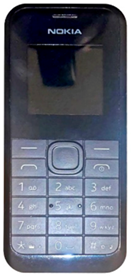
"This is my phone case, because I can have contact with my loved ones through the phone. I have to always be on the phone with my family or friends from back home. Some are not living in (country) anymore. So, the phone is actually what connects me to where my roots are. This is the first phone I had [pictured in image]. A social worker bought it for me. So, I’ve just kept it… If I need something from someone [I can call them] … So, it’s important to me and useful…from making friends and going to the gym, listening to music, or the radio.”
Time together
Some of the young refugees brought in similar objects that carried similar meanings to them: watches. These objects symbolised love, respect, and happiness, which are so central to wellbeing. For both young people, the wristwatches had been gifted to them by their partner or friend that they developed relationships within the countries they now live in:
"Thinking about the watch, the person who is important to me, and then like this is the first happiness I had, we were together, happy, going to concerts’ or ‘listening to music together… We respected each other … like friends. Unfortunately, he is not alive. It reminds me of this happiness, it was a gift for my birthday.”

A wristwatch similar to the one mentioned by one of the young refugees.
A wristwatch similar to the one mentioned by one of the young refugees.
"This watch, my girlfriend bought me. I had a very difficult life situation. When I found her, she helped me a lot. And after that I had a person with whom I could speak to. This is how I got to know her and have a family here in (country). This watch reminds me of my soon to be wife and that we are together and united until the end.”

Finding strength from within
Not all of the young refugees described their experience of wellbeing through direct interactions with people who are important to them. For some, wellbeing is something that they experience through activities, and often in solitude. Young people picked literal objects to represent such activities that they feel generate power and strength from within, essential to what they need and have. They had found strength from within to motivate themselves when there was no one else to turn to during challenging times: they became their own “important person”.
One young person chose dumbbells to describe their relationship with the gym, how that stimulates strength from within, with the reliability on something that “never leaves”.
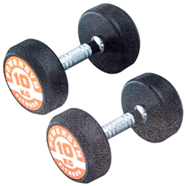
"The hand weight (dumbbell) has been my best friend. It has supported me in good and bad times. Whenever I’ve had a bad day, I’ve gone to the gym to work out. It has eased my mind. It calms me. It’s been the only friend who has never left me.”
Objects can take on a special and symbolic meaning that can help provide a form of self-expression to tell stories that may otherwise not be told. Symbols of connection and comfort; of love; of dreams of the future; of memories of relationships and experiences; assurance of safety and a source of support in separation. In doing so, objects carry a power to influence a person’s wellbeing and the young people sharing their experiences with Drawing Together have provided new insight into how objects play a crucial role. They can help refugees to feel uplifted when needed, to stay connected, create new connections and strengthen their sense of who they are, what and who matters to them, and who they matter to. The experiences shared suggest that practitioners supporting young refugees should be alert to the interconnectedness of past and present experiences as key to wellbeing, and for policy-makers too to recognise the significance of interacting with both old and new social ties.
This feature story is adapted from Narratives of Symbolic Objects: Exploring Relational Wellbeing of Young Refugees Living in Scotland, Finland, and Norway by Masego Katisi, Milfrid Tonheim, Sharon A. McGregor and Fath E. Mubeen, published in Social Sciences, in January 2024.


